What is Digital Experience?

Last updated on February 25, 2025
Nobody likes a know-it-all, but, if we may, we would love to provide some specific definitions for you about digital experiences and their variants because it is valuable information to know.
Terminology can be tricky when seeking ways to improve, no matter the industry or trade. And although it might seem like a debate in semantics, understanding the distinction is something to keep in mind when looking for ways to set yourself apart from competitors.
What is digital experience?
So what is a digital experience anyway?
Digital experiences are the interactions between a user (customer, partner, or employee) and an organization that are only possible because of digital technologies. Essentially, they are the aspects of an experience that allow companies to go beyond simply digitizing processes to create services that use the full potential of online channels or other modern technologies alongside best web designers.
However, technology on its own doesn’t make something a digital experience. Reading a scanned document, for example, isn’t an example of a digital experience because it doesn’t offer anything experientially different from reading a physical copy.
An authentic digital experience utilizes specific features and components of digital platforms to deliver interactions besides providing communication. Therefore, a better example would be taking a static web page, which alone is not a digital experience, and turning it into a pdf that includes links to other relevant documents, right-click functionality, in-line comment threads, social media buttons, auto-translations, and so on.
A good rule to remember is that digital experiences do what a physical process cannot.
What is the difference between digital experience and digital customer experience?
Think of digital and digital customer experiences like the square and rectangle scenario posed in a geometry class.
All digital customer experiences are forms of a digital experience— but not all digital experiences are digital customer experiences.
Basically, digital experiences encompass all activities like researching a product online or using a mobile app to find a store’s nearest location.
In contrast, a digital customer experience begins with an interaction directly with an organization or brand like placing an item in your basket then making the purchase. This distinction is important, but what’s more important is understanding that in most cases, there is no excellent customer experience without a great digital experience. You need a proper frame for that square to shine.
Examples of digital experience
Apple’s FaceID
Sometimes all it takes to make a digital experience a better one is to make it a little easier to use than your competitors. As digital security has become a more profound concern for industries over the years, people have been looking for ways to make logging in a better experience. When fingerprint scanning became a mobile option, it was revolutionary.
However, unless you touch it just right and don’t have a speck of literally anything on your hands or screen, it can be frustrating. Especially if you’re like some unfortunate few and try to use mobile pay on buses, awkwardly trying to balance at the front of the bus as it moves until you give up and fish for cash.
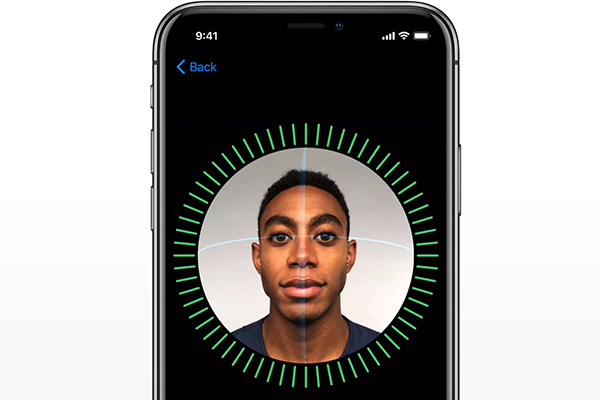
Image source: The Verge
So— when Apple introduced FaceID, there was understandably some skepticism on how much it would actually work— despite the outstanding marketing campaigns. While it does have its flaws, and we don’t recommend having it as your only means of defense, the process has proven to be more consistently accurate than fingerprint ID. As of April 2020, the best face identification algorithm has an error rate of just 0.08%.
Gmail’s predictive text
Predictive text is nothing new in email writing; Google incorporated the feature into its email service years ago. But there’s predictive text and then there is predictive text. In 2020 Google improved upon its function by taking its email AI from predicting two or three vague words after a user begins generally typing to being able to suggest four to five-word sentences that effectively capture and complete what the user is trying to say.
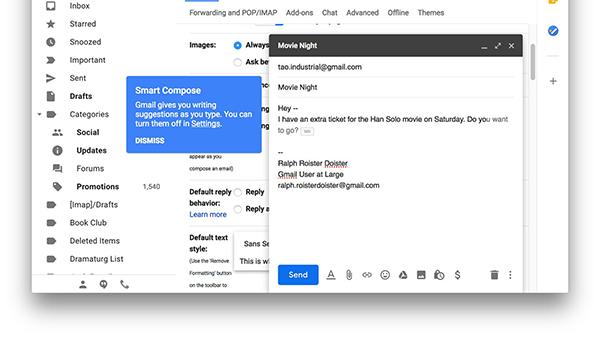
Image source: NyTimes
Not only is the accuracy of its speech patterns uncanny, but the level at which it conveys language that sounds like an actual human speaking makes the option more desirable. During the pandemic era, where we’re sending emails back and forth multiple times per day, and our brains may be working a little faster than our fingers, anything that makes the process quicker and allows communication to be more concise is incredibly appreciated.
Amazon’s Assistant Browser Extension
In 2020 Amazon launched a browser extension/add-on that allows users to compare product prices as they browse the internet.
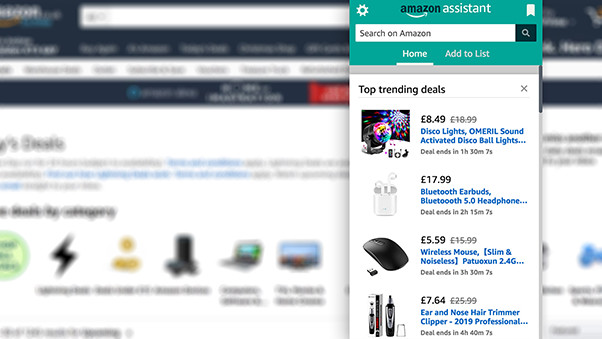
Image source: Techradar
Furthermore, this digital experience enables users to find personalized product recommendations, discover Amazon products while browsing, and includes product reviews, offers, and ratings. It’s a similar concept to something like Honey or Capital One’s coupon add-on, but Amazon’s differentiator is its natural redirection function back towards itself.
What is the difference between digital customer experience and customer experience?
To break it down even further, the main difference between digital customer experience and “regular” customer experience (CX) is that the CX involves all the actions that can take place offline like in-branch, over the phone, on physical receipts, or any other face-to-face interactions.
Digital customer experiences focus on strictly digital mediums, like a computer, tablet, or smartphone. When businesses are speaking about improving digital customer experience, they’re usually also trying to put themselves into the customer’s shoes by trying to understand the impact and importance of digital channels from a consumer viewpoint.
Therefore, elements like using omnichannel tools and creating pleasing UI can be game-changers to both the digital and “regular” customer experience..
How can you improve the digital customer experience?
Much like any customer experience, to improve digital experiences (or DX), you need to capture customer feedback across the digital ecosystem constantly. Capturing customer feedback data helps you understand patterns and detect pain points that arise throughout the customer journey to initiate change effectively.
Understanding Digital Platforms and Transformations
Gartner defines a digital experience platform (DXP) as “an integrated and cohesive piece of technology designed to enable the composition, management, delivery, and optimization of contextualized digital experiences across multipipeline customer journeys.”
Therefore, these platforms offer organizations an integrated suite of tools to foster meaningful relationships by speaking and listening to customers, prospects, partners, employees, and all other audiences. In addition to providing these integrated tools, digital experience platforms provide the technology that supports the organizational transformation needed.
For instance, you can start with tracking experiences across your site. Still, a true digital transformation requires a more communal shift — i.e., connecting silos, building out teams, creating feedback loops that continuously evaluate and respond to customer data cues, and so on.
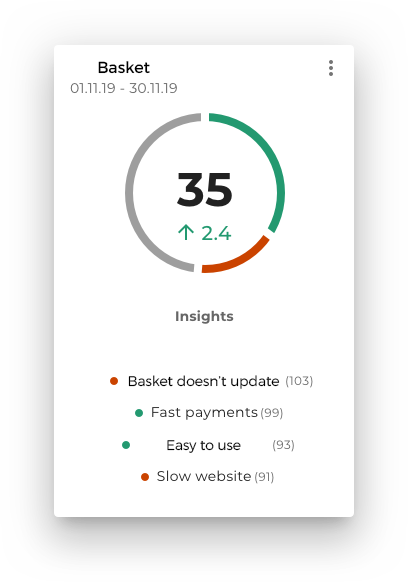
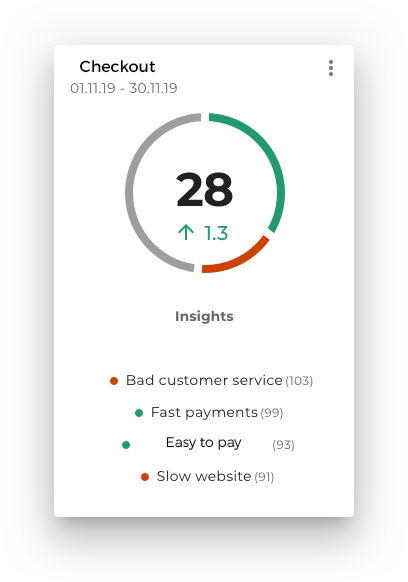
Digital experience platforms help with all of this by providing the necessary architecture and offering a centralized location to collaborate and develop experiences across the lifecycle journey.
Intuitive dashboards and machine-learning-driven insights and suggestions through DXPs allow companies to collect and connect data from multiple channels and access customer insight KPIs to track processes while staying aligned.
The Devil is in the Digital Details
We know that these concepts are similar, but we live in a time where some organizations exist primarily online, so knowing where to place your energy is vital.
Now that you’ve seen the square through the rectangle, you’ll be able to distinguish details to offer a better all-around experience, and that’s worth it, we promise.
